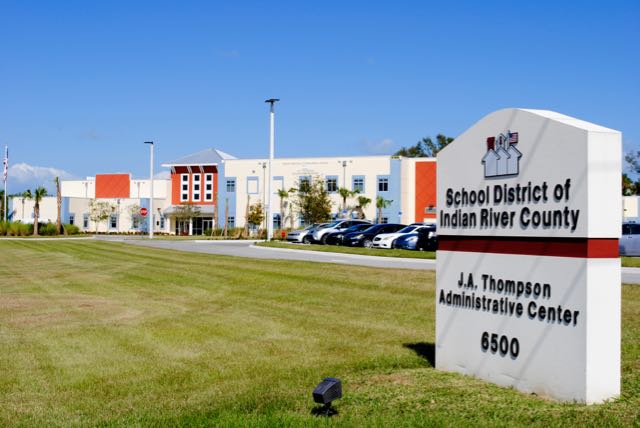
If you regularly monitor social-media platforms, especially the local Facebook pages, you’ve surely noticed the posts from mothers who are worried because their kids are being bullied in our public schools.
And, yes, the problem is real.
I know this because I’ve recently discussed the topic at length with School Superintendent David Moore, local teachers’ union president Jennifer Freeland and Sheriff’s Captain Milo Thornton, who oversees school security throughout the county.
Moore said the bullying was particularly bad when students first returned to school after the COVID-prompted campus closures were lifted, but the situation has steadily improved since and seems to have leveled off.
But there’s no way to know.
My conversations with Freeland and Thornton have me convinced the problem is almost certainly worse than school district officials can verify – because so much of the bullying in schools nowadays is cyber, and most of it goes unreported.
Kids are simply too embarrassed – or too afraid – to say anything to their teachers or principals, or even to their parents.
When pushed too far, some of these kids might fight back. But in today’s zero-tolerance school environment, they’re as likely as the bully to be punished for the altercation, unless there are witnesses.
That, of course, isn’t fair.
No kid should be punished for standing up to a bully who has repeatedly tormented them and made their school days a living hell.
Likewise, no kid should be punished for stepping in and standing up for a classmate who is being bullied.
But that, too, can happen.
So, should a good kid intervene if he or she sees another kid getting bullied by a bad kid in school?
Freeland said she believes those types of rescues are more common than we know, “because when it does happen, nobody is going to talk about it.”
But they should.
Such heroics should be celebrated – as Moore said he would do if alerted to such behavior, which he encourages when he speaks to football players and cheerleaders as a group.
“I tell them they’re the ones, the most popular people in school, and if they see someone getting picked on, step in and say, ‘That’s not cool. Stop it,’” Moore said. “My experience has been that it stops immediately because, coming from them, the message is so much more relatable.
“It’s claiming the culture.”
Thornton, though, warned that we now live in dangerous times, where school fights aren’t always decided by fists – but by weapons, including guns. For that reason, he said he’s not encouraging kids to be “crusaders.”
He said the responsibility for school safety belongs to the school district, the administration and local law enforcement, which puts school resource officers on every campus.
“You see something, we want you to report it,” Thornton said. “If you feel you have to immediately intervene, get involved but don’t get physical.”
Those are tough words to hear, having been raised by Greatest Generation parents who taught their children to stand up to bullies and step in when you see a weaker kid getting bullied.
Back during my sports-writing years, in fact, I wrote a column urging high school football players to intervene when they saw classmates getting bullied and explain to these pseudo-tough punks the error of their ways.
But I get Thornton’s point.
These are different times that pose greater dangers. Just as the bullying has become more “vicious,” as Freeland put it, so have the bullies.
So how do we address the bullying-in-school problem?
Moore said the school district is pushing an anti-bullying message, encouraging kids to report bullying incidents they see on campus, and that administrators are vigilant in investigating complaints and imposing severe punishments on the bullies.
Thornton said his SROs are monitoring social media platforms to try to prevent cyber bullying.
There is something we – the adults – can do to stop bullying in schools, but I seriously doubt we will.
Be better role models.
“That’s the challenge to us,” Moore said. “You listen to the way people talk to each other and see how they act in public, and you really can’t get too upset with kids who are simply replicating the same tone and behavior.
“The level of tension and hostility is absurd,” he added. “You see it on TV. You see it in our politics. We’ve even seen it at our School Board meetings.”
We’ve seen it – and heard it – in too many places these past six years, when our social discourse has slithered into the gutter, becoming alarmingly angry and harsh, filled with divisive rhetoric.
Coming out of the COVID-19 pandemic, people seem to be more aggressive towards each other than at any time in my nearly 64 years, which covers the civil rights movement, Vietnam War and Watergate.
Should anyone be surprised that our venom has infected some of our school kids?
They’re watching us.
We need to show them a better way.



